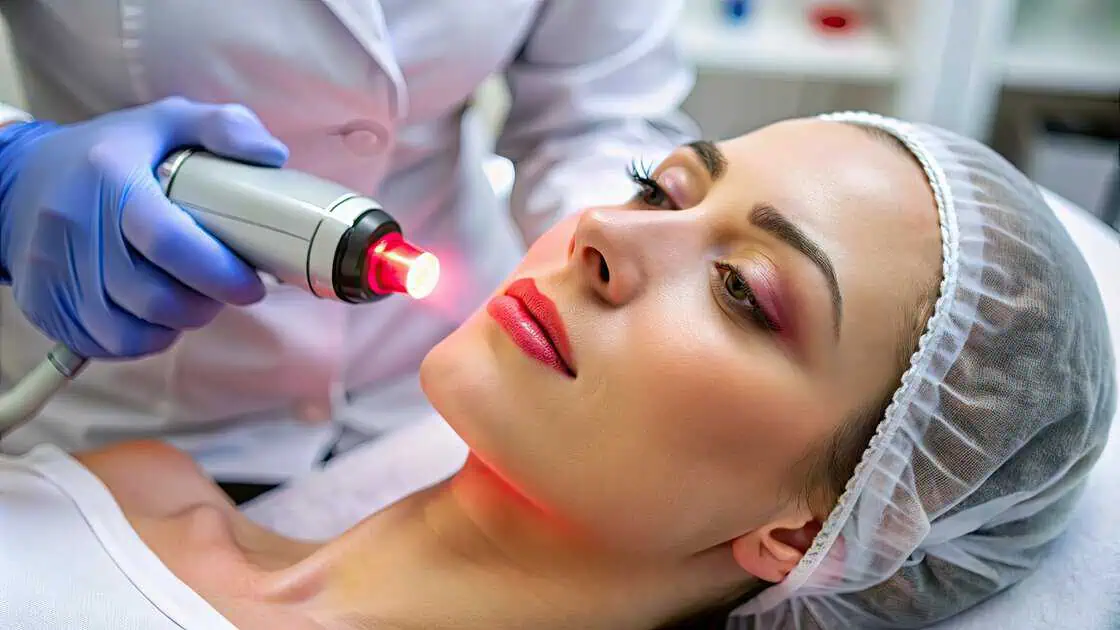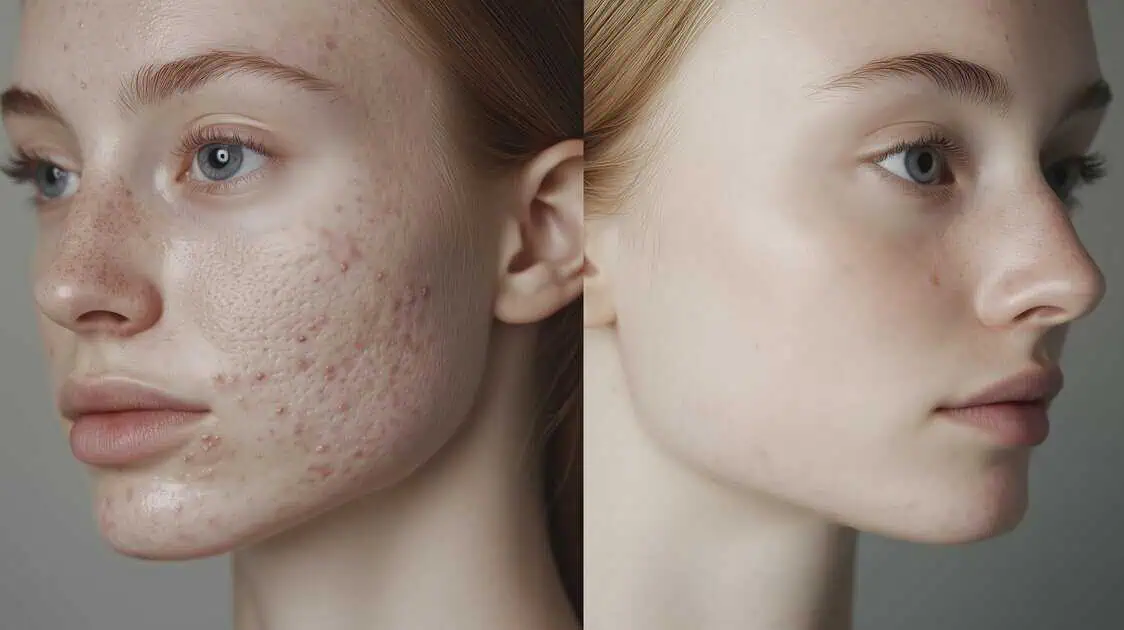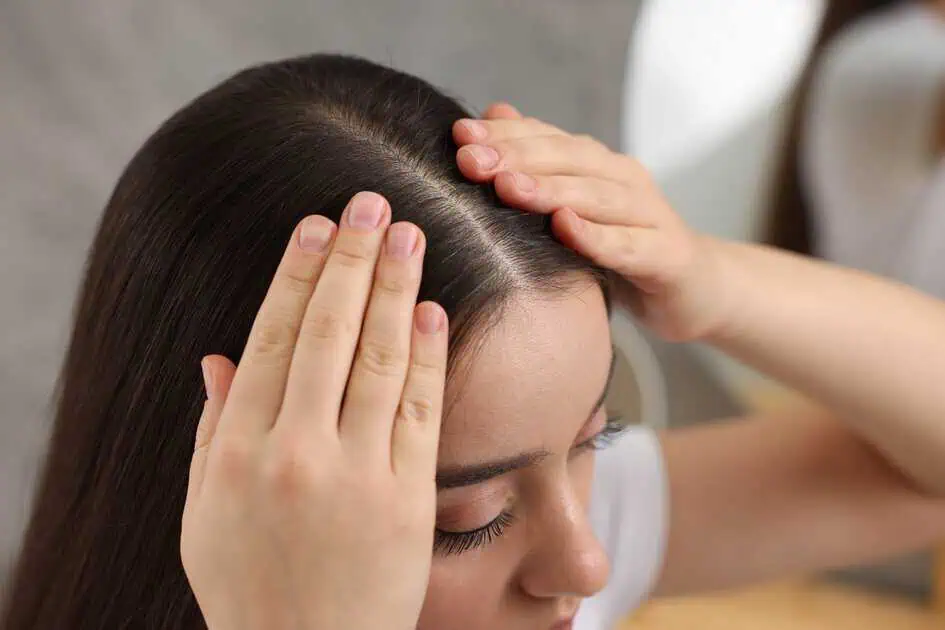Table of Contents
Stress and acne—two words no one wants in their life, yet they often go hand-in-hand. If you’ve ever noticed your skin breaking out right before a big presentation, exam, or life event, you’re not imagining it. Stress can mess with your skin in ways that feel downright unfair. Let’s break down why this happens and, more importantly, what you can do to manage stress-related acne and get your skin back on track.
How Stress Affects Acne
When you’re stressed, your body kicks into survival mode. This involves something called the hypothalamic–pituitary–adrenal (HPA) axis, which triggers a release of stress hormones like cortisol. One of cortisol’s side effects? It tells your sebaceous glands to create more oil (a.k.a. sebum). Excess sebum is one of the key ingredients for clogged pores and breakouts. Add in stress-related inflammation and a weakened skin barrier, and you’ve got the perfect storm for acne.
Studies back this up. Research shows that stress doesn’t necessarily cause acne, but it definitely makes existing breakouts worse. College students, for example, tend to experience more severe acne during exam periods when stress levels are through the roof. So, if you’ve been blaming that breakout on one too many slices of pizza, stress might deserve a share of the blame.
Why Stress Makes Acne Stick Around Longer
On top of triggering breakouts, stress also slows down your skin’s natural healing process. Stress hampers your immune system, so your body struggles to heal damaged skin as quickly as it should. The result? More breakouts are popping up, and those blemishes stick around longer than you’d like.
Coping Strategies for Stress-Related Acne
The good news? There are plenty of ways to fight back against stress-induced acne. Here’s a mix of practical lifestyle tweaks and skin-focused solutions.
1. Stress Management 101: Chill Out (Easier Said Than Done, We Know)
Stress is unavoidable, but how you handle it makes all the difference. Try carving out time for mindfulness practices like meditation or yoga. Even a quick 10-minute breathing exercise can calm your nervous system and lower cortisol levels. Not into meditation? No problem. Find what works for you, whether that’s journaling, going for a walk, or blasting your favorite playlist.
2. Get Moving
Exercise isn’t just good for your body—it’s great for your skin, too. Physical activity reduces stress hormones while improving blood flow, which delivers oxygen and nutrients to your skin. Just remind yourself to cleanse your face after working out to avoid sweat-related breakouts.
3. Prioritize Sleep
Ever notice how your skin looks a little off—dull or puffy—after a rough night? That’s your body begging for rest. Sleep is when your skin gets to hit the reset button, so aim for 7–9 hours of solid shut-eye. Try winding down with a relaxing bedtime routine, whether it’s reading, listening to calming music, or sipping on some herbal tea.
4. Rethink Your Diet
What you eat shows up on your skin, especially when stress is in the mix. Focus on whole, nutrient-rich foods like fresh fruits, veggies, lean proteins, and healthy fats. Cutting back on sugary snacks and refined carbs (like white bread) might also help keep breakouts under control. It’s not about being perfect, just making better choices most of the time.
5. Professional Treatments: When You Need Extra Help
Sometimes, even your best efforts at home aren’t enough. That’s where professional treatments come in, like the Acne Bootcamp offered by MAD Skin in Lehi, UT. This program is all about teaming up with experts and using advanced treatments to tackle both stubborn breakouts and those lingering scars that just won’t fade. Here’s what you can expect:
What to Expect from Acne Bootcamp
Think of it as a three-to-six-month game plan for clearer skin. It’s a mix of powerful in-office treatments and a customized at-home routine, all designed to work together seamlessly. Here’s what’s included:
- Chemical Peels: These exfoliate the top layer of your skin to clear out dead cells and reveal healthier, smoother skin underneath. Chemical peels can also target acne scars and uneven texture.
- High-Frequency Therapy: Using a special glass electrode, this treatment delivers a mild electrical current to the skin. Depending on the gas used, the light produced can kill acne-causing bacteria (violet light) or boost circulation and collagen production (red light).
- LED Light Therapy: This gentle, non-invasive treatment uses specific types of light to tackle acne and help your skin heal. Blue light kills acne-causing bacteria, while red light soothes redness and boosts collagen to repair and refresh your skin.
Beyond these treatments, you’ll also get personalized skincare products tailored to your skin’s unique needs. Think of it as having a personal trainer—but for your face.
Why Consistency is Key
One of the biggest takeaways from programs like Acne Bootcamp is that clear skin requires commitment. You can’t just dab on a spot treatment and call it a day. Consistency in both your professional treatments and daily skincare routine is what delivers lasting results. If you stick with it, though, the payoff is worth it.
Acne Treatment for Different Skin Types
Not all skin types are created equal, and that’s especially true when it comes to acne. Adjusting your skincare routine to your skin type can make a difference in managing breakouts effectively.
Oily Skin
Your skin produces extra sebum, which can clog pores and lead to acne. Focus on oil-balancing products like gel-based cleansers and lightweight, non-comedogenic moisturizers. Treatments like high-frequency therapy or chemical peels can help control oil production while targeting breakouts.
Dry Skin
Dry skin and acne may seem like opposites, but they can coexist, especially if harsh products are stripping your skin’s moisture barrier. Opt for hydrating cleansers and serums with ingredients like hyaluronic acid. Avoid overly drying treatments and prioritize skin barrier repair with gentle peels or LED light therapy.
Combination Skin
With oily areas (usually the T-zone) and dry patches, combination skin requires a bit of juggling. Use targeted spot treatments on acne-prone areas while keeping drier spots hydrated. Multi-masking—using different masks for different zones—can help maintain balance.
Sensitive Skin
Acne treatments can easily irritate sensitive skin. Stick to calming products with soothing ingredients like aloe vera or chamomile. Professional options like LED light therapy can reduce inflammation without causing irritation.
Skincare Myths and Facts
Acne and skin care misinformation spreads faster than breakouts happen. Let’s clear up some common myths with the facts you can actually trust.
Myth 1: You just need to wash your face more often.
Fact: Overwashing can strip your skin of its natural oils, potentially causing irritation and even more oil production to compensate. Stick to cleansing twice a day with a gentle, non-comedogenic cleanser.
Myth 2: Only teenagers get acne.
Fact: Acne isn’t just for high schoolers. Hormones, stress, and other triggers can cause breakouts well into adulthood. It’s common, and there are targeted treatments for every age.
Myth 3: The sun will clear your acne.
Fact: While sun exposure might temporarily dry out pimples, it actually causes more harm in the long term. UV rays can lead to irritation, dark spots, and premature aging. Use a broad-spectrum SPF daily.
Myth 4: Makeup causes acne.
Fact: Not all makeup is bad for acne-prone skin. Search for items labeled “non-comedogenic” or “oil-free” to avoid clogged pores, and always remove your makeup before bed.
Myth 5: You can pop pimples to get rid of them faster.
Fact: Picking at pimples increases inflammation, delays healing, and raises your risk of scarring. Hands off—let professional treatments like chemical peels handle it instead!
When to Seek Professional Help
Sometimes, no matter how diligent you are with your skincare routine, your acne just won’t back down. That’s when it’s time to consider bringing in a professional. Here’s how to know it’s time to make the call.
Persistent Breakouts
If your acne doesn’t improve after months of over-the-counter treatments, it’s likely time for expert advice. Stubborn acne might need advanced therapies, such as chemical peels or high-frequency therapy, that only a professional can provide.
Painful or Cystic Acne
Dealing with deep, inflamed cystic acne is no joke—it’s painful, tough to manage on your own, and can easily leave behind scars if not treated properly. This is where a professional can step in with options like LED light therapy or medical treatments tailored to your needs.
Scarring or Post-Acne Marks
If acne is leaving you with scars or dark spots, don’t wait to take action. Treatments like chemical peels and LED light therapy are great options to help fade discoloration and smooth out your skin, giving you a more even and refreshed look.
Takeaway
Stress and acne doesn’t have to a permanent feature. With the a little support, you can start to break the process. Whether it’s finding ways to manage stress or tweaking your skincare routine to fit your skin’s unique needs, even small changes can lead to big improvements. If you’re struggling with persistent breakouts or acne scars or want to explore options like acne medication or acne laser treatment, professional care is the next step.
At MAD Skin in Lehi, UT, we specialize in personalized services that offer you realistic results. Whether it’s through treatments like chemical peels, LED light therapy, or our comprehensive Acne Bootcamp, we can help you address your needs.
Ready to start? Book An Appointment for an acne treatment and assessment today and take the first step toward a glowing, confident you.





